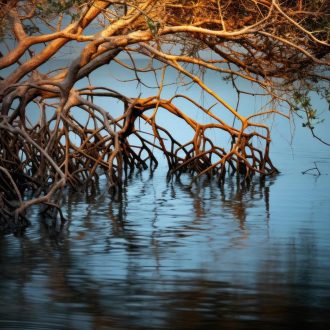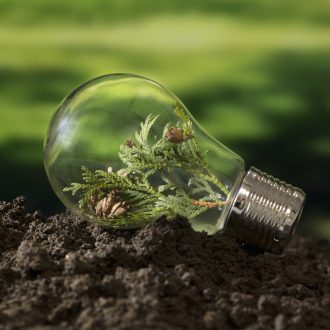
Today, we take a look a bigger picture problem: The Gulf of Mexico. More specifically, the giant dead zone stretching through a large part of the Gulf of Mexico. A staggering 41% of North America drains through the Mississippi River into the Gulf of Mexico. The “Dead Zone” as it’s called stretches across 7,000 square miles, from the Mississippi River Delta going west into the upper Texas coast. To put that in perspective, you can equate the area to being roughly the size of the State of New Jersey. We call it the dead zone because the waters in this area are considered hypoxic, which means they lack oxygen. Although the Gulf of Mexico dead zone is among the largest in the world, there are several other areas where a lack of oxygen has created a distinguishable dead zone; the Baltic Sea, Black Sea, and closer to home the coasts of Oregon and Chesapeake Bay, and even Lake Erie.
The next question is – where did the oxygen go? The answer is nutrient overload. The Mississippi River basin is home to huge swaths of fertile land used for agriculture. Fertilizers, soil erosion, animal waste, and other processes release nitrogen and phosphorous into the river system through runoff, creating the ideal environment for algae to flourish, unhindered. The altered food chain results in the depletion of dissolved oxygen in the water. The result – hypoxia. The size of the dead zone does fluctuate depending on the time of the year. Key factors in the size of the dead zone are farming, flooding, and hurricanes.
Unfortunately, reduced oxygen in the water very negatively impacts local marine life. The area is called a dead zone for a reason, marine life just can’t survive. This is a large problem for the Gulf of Mexico, as the area in home to a large portion of the seafood industry. As the problem worsens, we will see bigger and bigger impacts towards this industry, in particular. There are also negative impacts to tourism, recreation, and just human and wildlife health, in general.
Some ideas for lessening our impact on the Gulf of Mexico Dead Zone include:
- Environmentally friendly landscaping that use less fertilizer, prevent erosion, and use native plants.
- Start a compost and leave your grass clippings on the lawn to recycle nutrients.
- Start conserving water home.
- Use non-toxic alternatives to pest control and cleaning.
- Control dirt runoff and erosion when gardening, building, or any other ground-disturbing activity.
Reach out our consultants at KCI for more ideas on controlling runoff and minimizing erosion by visiting our website.



